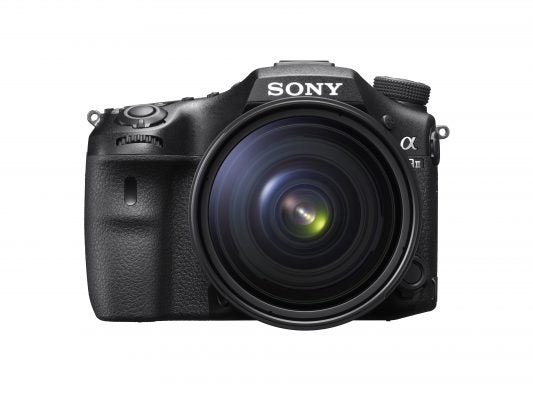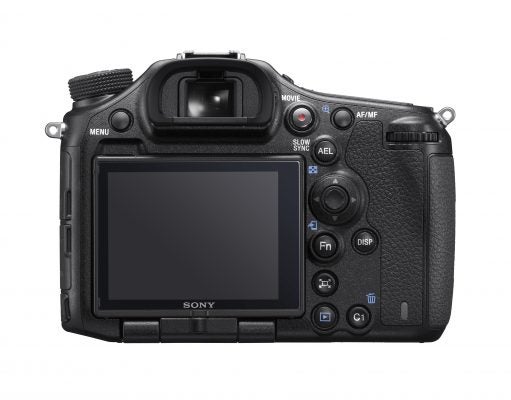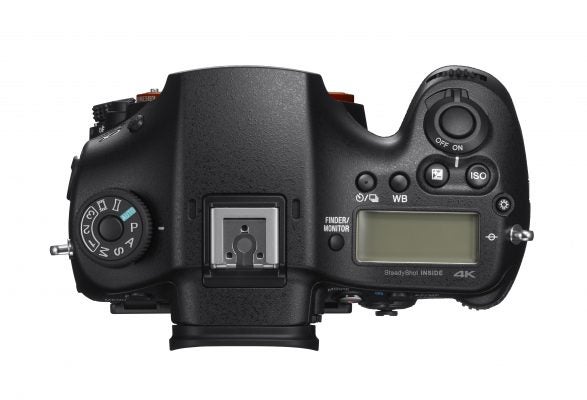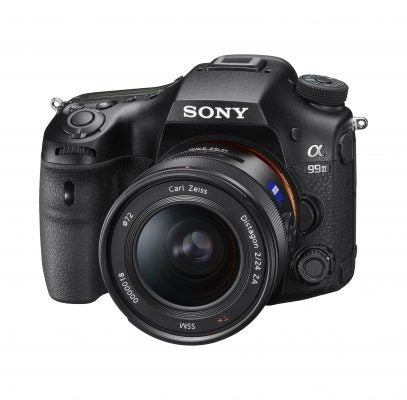What has Sony changed for its new flagship A-mount camera?
At Photokina 2016, Sony announced their Sony A99 II, a follow-up to its full-frame translucent mirror A99 camera. The company is hoping to take on the likes of Canon and Nikon in the professional sports and action sphere. Here we have a look at some of the key differences between the new model and its predecessor.
Sony A99 vs Sony A99 II: sensor
Sony is very proud of its high resolution sensors, and it’s here that we see one of the biggest changes from old to new. The old A99 had a 24.3MP sensor, but the new A99 II has a 42.4MP sensor – that’s not far off being twice as many pixels. Not only is this good news for detail resolution, but it gives you good scope for cropping an image if you need to.
Sony A99 vs Sony A99 II: processor
Sony has swapped out the older Bionz processor for a Bionz X processor, the company’s latest and fastest processor. This should have a positive impact on processing speeds, as well as how noise is reproduced in high ISO shots.
Sony A99 vs Sony A99 II: focusing system
Another big improvement here as we go from 19 autofocus points all the way up to a 79-point phase detection AF sensor which is accompanied by 399 focal plane phase detection points. This leaves you with 79 hybrid cross-focus points which should be more accurate than the predecessor’s 19, and there’s a better spread of coverage across the scene too.

Sony A99 vs Sony A99 II: video
It’s no surprise to see 4K making an appearance on the A99 II, an upgrade from the Full HD capability of the original A99. Not only is there 4K, but there’s also full pixel readout without pixel binning – something for the videographers out there to get excited about.
Sony A99 vs Sony A99 II: frame rate
A newly designed shutter for the A99 II facilitates 12fps shooting, up from the 6fps of its predecessor. This makes the A99 II special because it offers both high resolution and a fast frame rate. With Canon and Nikon, you can either have high resolution or you can have a fast frame rate in one camera – not both. For example, the Canon EOS 1DX Mark II can shoot at 14fps (or 16fps) in live view, but only has a 20MP sensor. By contrast, the Canon EOS 5DS has a 50MP sensor, but can only shoot at 5fps. It’s this area where Sony is hoping to carve out a lucrative niche with professional sports and action shooters.
Sony A99 vs Sony A99 II: screen
While the A99 had a fully-articulated screen, the new A99 II has a screen which can tilt to various angles, including the ability to face all the way forward. It’s rare to find a full-frame camera of this kind with a moveable screen, but it’s quite useful for awkward angles, or for when recording video and you need to see yourself on screen.

Sony A99 vs Sony A99 II: viewfinder
The resolution of the viewfinder on the Mark II remains the same, but the Sony engineers have re-engineered the viewfinder to make it better for fast frame rates. You can now shoot at 8fps without blackout – the camera uses an electronic viewfinder. While there is some blackout at 12fps, it’s not too bad, helping you maintain framing and composition when shooting at high speeds.
Sony A99 vs Sony A99 II: stabilisation
The A99 had sensor-shift stabilisation, but the A99 II has the same 5-axis stabilisation system as the A7 II, which offers a 4.5 step shutter speed advantage.

Sony A99 vs Sony A99 II: body
Sony has managed to make the camera 8% smaller than its predecessor, bringing it in line with the A77 II, a camera which features an APS-C sized sensor. It is constructed from tough magnesium alloy which is dust and moisture resistant.
Sony A99 vs Sony A99 II: price
You’ll be able to buy the A99 II for £2999 when it becomes available later this year (body only). By contrast, you can pick up the A99 for around £1699.
Read more:





